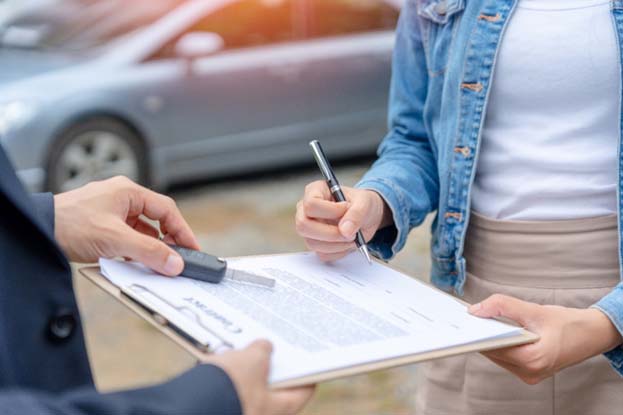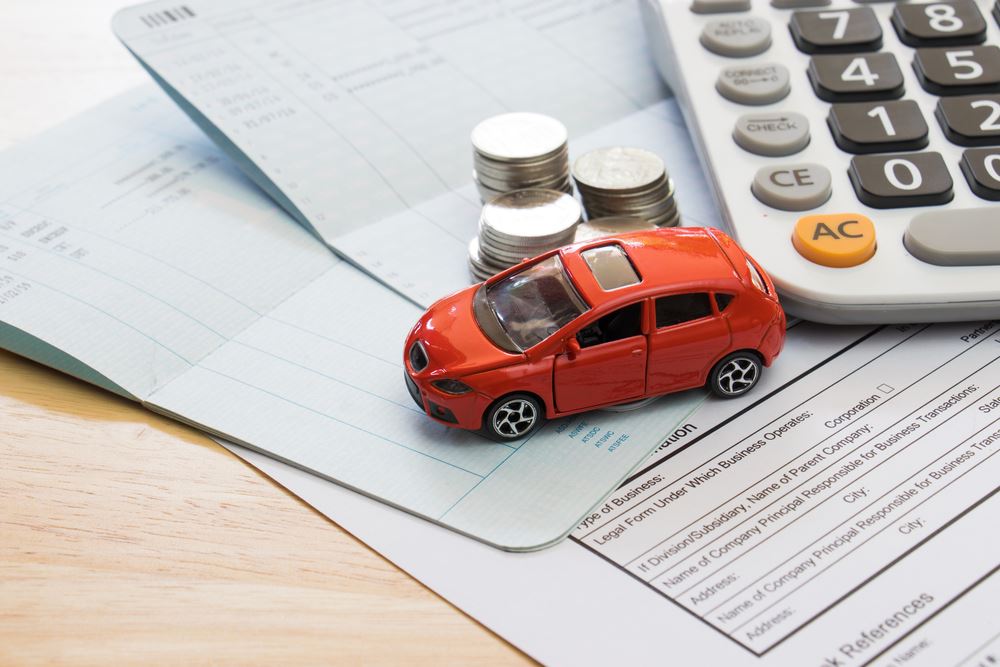“It all happened so fast.” That’s what most people say after an auto accident. A statement that shows how a split second is all it takes for a car crash to happen. When you decide to go for the bare minimum or cheap auto insurance, consider the consequences and the health and financial risks you would be taking.
Having inadequate coverage is likely to leave you drowning in debt after a serious car accident. The reality is that it doesn’t have to if you put proper measures in place to protect you and your loved ones. In most cases, a personal injury claim following a car accident is limited to the insurance coverage available. That means if you’re properly insured, it’s unlikely you will end up in financial turmoil, even if the other driver that caused the accident doesn’t have enough insurance or any at all. Having adequate auto insurance coverage is crucial. It is important to understand that auto insurance is much more than a legal requirement. Instead, it is vital to safeguard yourself and your assets against unforeseen circumstances. This is especially true when statics say that at least 1 in 10 drivers not having enough auto insurance or none at all.
Risks of Low Auto Insurance Coverage
Experiencing a car accident is already distressing, but it can escalate further if the at-fault driver is uninsured or underinsured. Low auto insurance coverage can expose you to various risks, especially if you’re involved in an accident and you or someone in your family has been injured as a result. Here are some potential risks of not having sufficient auto insurance coverage:
- Financial Liability: If you are at fault in an accident and your insurance coverage proves inadequate to address the incurred damages, you may bear personal liability for the remaining costs.
- Limited Coverage for Uninsured/Underinsured Motorists: If the other party involved in the accident has low or no insurance coverage, you may turn to your own insurance policy for uninsured/underinsured motorist coverage to compensate for your losses. However, if your coverage limits are low, that will limit the amount of compensation that is available following your accident and you may not receive adequate compensation for your damages.
- Difficulty in Recovering Damages: Pursuing compensation from an uninsured or underinsured driver can be challenging, especially if they lack the financial resources to pay for damages. Enlisting the help of an experienced auto accident lawyer will help ensure that any and all coverage available to you is found so that you are properly compensated.
- Impact on Obtaining Future Coverage: Being involved in an accident where you are found at fault and your insurance coverage is in adequate can lead to higher insurance premiums and potentially make it difficult to obtain coverage at all Insurance providers may identify you as a higher-risk driver and adjust your rates accordingly, increasing expenses associated with obtaining coverage. It’s even possible for the insurance company to deny coverage to you all together.
- Potential for Litigation from Another Driver: Failure to maintain Virginia auto insurance, even if one has paid the uninsured motorist fee as mandated by state regulations, may result in vulnerability to litigation from another driver in the event of being deemed at fault for an accident. Should such a lawsuit be initiated, and the plaintiff secure a favorable outcome, a judgment may be entered against the uninsured party. Though not typical, the personal assets that could be at risk include your savings, investments, property, and even future earnings.
- Legal Penalties: Driver are required to carry a minimum amount of liability coverage in Viginia. If you get caught driving without the required minimum coverage, you could face fines or other charges.
Collision vs Liability
Virginia auto insurance involves two types of coverage: Liability and Collision. It’s important to understand which coverage comes into play in different accident scenarios. Identifying the driver at fault is always the first step in an accident.
- Liability Coverage: This helps pay for the damage to another person’s car or bodily injuries from an accident you cause. In contrast, collision coverage comes into play when your vehicle collides with another object, such as an electric pole, fence, or roadside slab, especially in unintentional driving situations. It’s worth noting that Virginia requires Liability Coverage at a minimum of $30,000 to ensure drivers have adequate protection in case of accidents. It is illegal to drive a car in Virginia that doesn’t have at least the minimum coverage. The liability limit in Virginia for bodily injury is $30,000 per person and $60,000 per accident. With the cost of medical care and treatment, this required amount is typically insufficient to properly compensate for medical bills let a lone lost wages and pain, suffering, and your inconvenience following a car accident. Additionally, the minimum liability coverage for property damage in Virginia is $20,000. Again, these are the minimum state required liability coverage and being that many drivers only have the minimum or none at all is why you need to ensure your policy carries enough protection.
- Collision Coverage: This is essential for covering the costs of repairing or replacing your vehicle if it’s damaged or destroyed in an accident, regardless of who is at fault. Collision coverage cannot be purchased independently. It typically complements other types of coverage, such as liability insurance, which covers damages to the other driver’s car and medical bills. Virginia does not require collision coverage but if you have an auto loan, your lender may require you to carry collision coverage to repair or replace if you are involved in an accident or hit an object while driving. Collison insurance will typically pay up ot the actual cash value of your vehicle, minus any deductible.
Total Coverage
Addressing the common misconceptions surrounding auto insurance coverage, particularly “full” or “total” coverage, is imperative. Many people who have both collision and liability coverage at the state mandated minimum typically describe their coverage as “full coverage”. When in reality, after a serious car accident, the minimum coverage is not even close to covering the property damage/vehicle replacement, medical bills, lost wages, and compensation for pain, suffering, and inconvenience.
In Virginia, where minimum coverage requirements for liability are mandated, it’s crucial to understand the potential gaps in coverage. The reality is that these minimums typically fall short of providing sufficient protection in a major accident Industry experts recommend a minimum coverage level of $100,000 in liability coverage. If an at fault driver doesn’t have enough coverage to pay for the compensation you are entitled to, you can then turn to your own insurance coverage. In Virginia, the amount of liability coverage you carry on your policy is also the amount of uninsured/underinsured motorist coverage you have. Recently, in Virginia, you can now stack the amount of coverage you carry on the amount of coverage an at fault driver may have to increase the amount available for a personal injury claim – that is as long as you didn’t opt out of that feature. It is highly recommended to pay a small amount extra – it may pay off in the long run and at the very least, provides you peace of mind.
Selecting an insurance plan requires careful consideration beyond just cost. Evaluate factors such as coverage amounts and suitability for your driving needs in your town or state. Understanding these variables is crucial, whether you’re at fault or not. While personal injury attorneys do not sell auto insurance, they are experts in how to protect you and your loved ones with sufficient coverage. Our legal team sees too many situations where a potential client is severely injured in a car accident and there just in not enough coverage for them to be fully and fairly compensated. It’s in your best interest to ensure you have a safety net should you be hit by an uninsured or underinsured driver. And while it may be tempting to save a few dollars now – insufficient auto insurance coverage poses more risks than benefits in the long run. Safeguard your future wisely—contact Huffman & Huffman if you have questions about auto insurance coverage following a car accident. Our guidance and advice are free during an initial consultation and case evaluation. You don’t have to handle the insurance companies alone – we are here to help. Let our family help your family!
 Text Us
Text Us  Call Us
Call Us 







